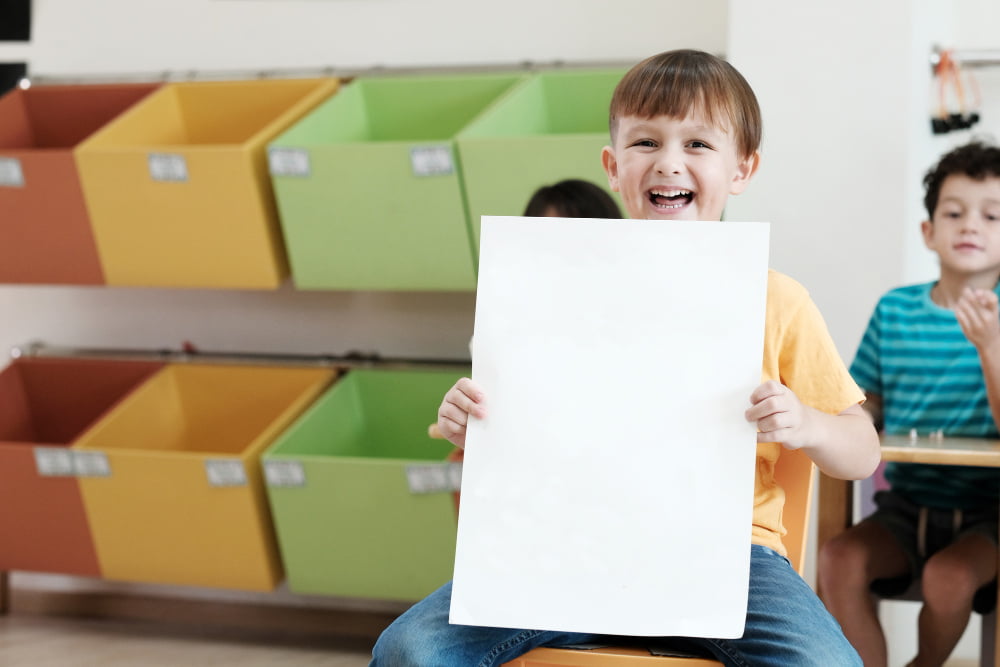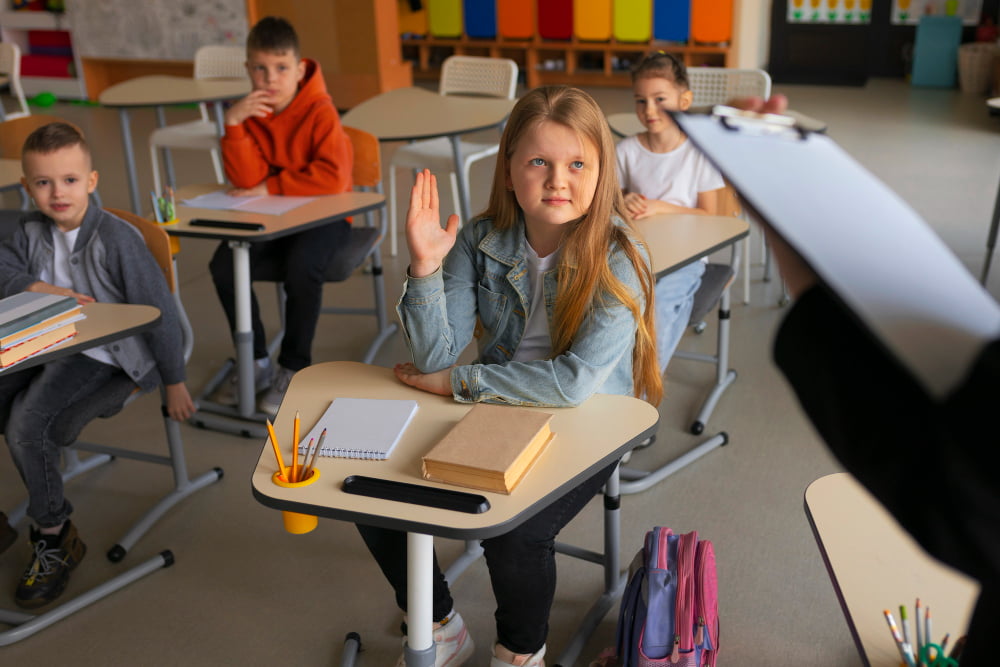Last updated on
Creating a conducive environment for learning is a multi-faceted endeavor. Whether you’re a seasoned educator, a new teacher eager to set up the perfect classroom, or a student curious about the behind-the-scenes of a functional learning space, you know that certain items are desirable and essential.
Ensuring your classroom is well-equipped with the right tools can substantially impact students’ educational journey. With that in mind, let’s explore the crucial elements that every classroom, from elementary to higher education, should possess to foster a fertile ground for learning and growth.
Classroom Organization and Storage Solutions

An organized classroom promotes a streamlined learning process. One such integral component is classroom tray storage units, which allow for neat categorization and easy access to educational materials. These units can be used to store student assignments, learning aids, and stationery, making it simple for both teachers and students to find what they need quickly without disrupting the flow of lessons.
Furthermore, classroom tray storage units aid in maximizing classroom space, which is particularly important in smaller learning environments. By utilizing vertical space and minimizing clutter, these storage solutions help maintain an orderly classroom atmosphere, which is proven beneficial for students’ concentration and overall well-being.
Interactive Technology and Educational Tools
In the modern classroom, integrating technology is not a luxury; it’s a necessity. Interactive technology, such as smart boards and digital projectors, has revolutionized educational content delivery. These tools enable educators to present lessons dynamically and engagingly, catering to various learning styles. They also facilitate interactive learning experiences tailored to individual student needs, fostering a more inclusive and effective educational environment.
Furthermore, educational software and online resources expand the boundaries of traditional learning, making a wealth of knowledge accessible with just a few clicks. Tablets and computers are likewise indispensable, allowing students to research, create, and collaborate more efficiently. Technology in the classroom actively prepares students for a digital future, equipping them with the necessary skills to thrive in an increasingly digital workforce.
Comfortable and Functional Furniture

Students spend a significant portion of their day in the classroom, making it crucial to provide comfortable and ergonomic furniture. Chairs with proper lumbar support can help prevent back pain and discomfort, promoting better posture and concentration. Adjustable or standing desks allow flexibility, accommodating different learning preferences while promoting physical well-being.
Incorporating flexible seating options such as bean bags, exercise balls, or standing tables can add variety and movement in the classroom, enhancing learning. Comfortable furniture promotes a healthier learning environment and makes students feel more relaxed and at ease, making engaging with the lesson easier.
Adequate Lighting and Temperature Control
Proper lighting is essential for maintaining student attention and minimizing eye strain, which can occur after prolonged reading or computer use. Natural light is always preferable, creating a warm and inviting environment and reducing electricity costs. However, when natural light is insufficient, a combination of overhead and task lighting should be employed to ensure even illumination throughout the classroom.
Temperature control is another critical factor that can significantly affect a student’s ability to focus and learn effectively. Classrooms should have a reliable HVAC system to maintain a comfortable temperature regardless of the season. The ability to slightly adjust the temperature can accommodate individual comfort levels, ensuring that all students can learn in an environment that is not too hot or cold.
Educational Supplies and Materials
The foundation of any classroom is its educational supplies and materials, which facilitate teaching and learning experiences. Essential items such as whiteboards, markers, notebooks, textbooks, and various writing utensils are imperative for daily activities. These tools support different instructional strategies and enable students to express their understanding differently.
Additionally, it’s critical to have subject-specific materials on hand, including maps for geography, lab equipment for science, and art supplies for creative classes, to enrich the curriculum, stimulate students’ senses, and cater to different learning modalities.
Beyond the basics, classrooms should also be stocked with resource materials that extend learning opportunities, like educational posters, reference books, and manipulatives for hands-on exploration. A well-supplied classroom allows educators to seamlessly transition between different teaching tactics and keep students engaged with various stimuli.
A well-curated collection of resources also connects theoretical lessons to real-world applications, thus reinforcing the practical significance of the knowledge being imparted.
Manipulatives and Artistic Tools
Learning isn’t a one-size-fits-all pursuit. The provision of manipulatives—whether they’re puzzles, cubes, or counting rods—can augment comprehension, especially in subjects like mathematics. Similarly, art supplies encourage creative expression and can be therapeutic for students. These hands-on tools transform learning from passive to active, encouraging exploration and discovery. The most common varied learning resources include:
- Math Manipulatives: From abacuses to geoboards, these bring abstract concepts to life.
- Art Supplies: A rainbow of papers, paints, and other materials for artistic learning.
- Educational Games: Board games, puzzles, and more can make learning fun and interactive.
- Science Equipment: Microscopes, chemicals, and models for a hands-on science experience.
- Sensory Play: Sand, water, and other sensory materials can engage students with hands-on learning.
Positive and Inspiring Classroom Decor
Creating a stimulating and welcoming atmosphere is another key aspect of classroom design, and that’s where decor comes into play. Inspirational posters, student artwork, and educational displays brighten the walls and serve as motivational tools and visual learning aides.
These decor pieces can reinforce the subject matter being taught while also reflecting the diversity and creativity of the student body. Rotating decor periodically is important to keep the environment fresh and relevant to the student’s current learning topics.
Additionally, incorporating elements of nature, such as plants or a classroom aquarium, can calm students and teachers. These touches of greenery improve air quality and introduce a sense of tranquility into the classroom setting, which can help reduce stress and foster a nurturing space where students feel secure and valued. A thoughtful decor arrangement can transform a conventional classroom into a vibrant community of learners.
Ensuring that these necessary items are present in every classroom is vital for creating an environment that supports and enhances learning. By incorporating these elements, educators can create a conducive space for students to thrive academically and personally.
As technology advances and new teaching methods emerge, it’s essential to continually reassess the needs of today’s classrooms and adapt accordingly. So, let’s strive to equip our classrooms with the necessary tools and resources to empower the minds of tomorrow.
Recap:



